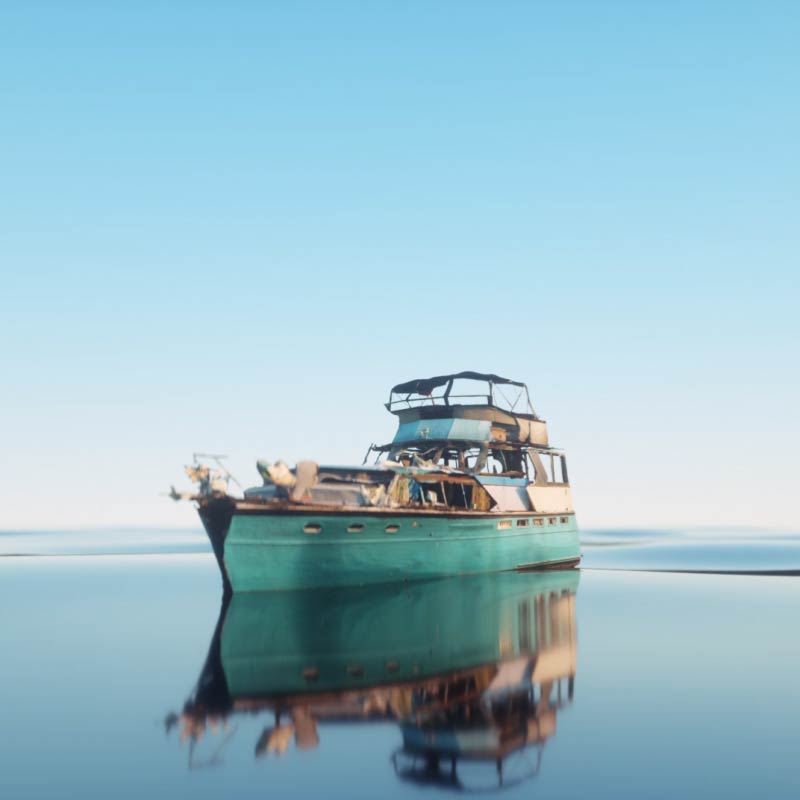
photogrammetry
The art and science of digitizing the physical world.
experience
.
While working on Microsoft's 3D capture experience and researching existing reconstruction pipelines, I became enthralled with photogrammetry. Its quality and accuracy blew me away - creating high-resolution digital copies of 3D objects is an amazing technology.
The flexibility in post is beyond any other format. A single photogrammetry asset can create a 6DOF VR experience, a highly-realistic pre-rendered still/video, or a 3D spherical film.
More work on Instagram
photogrammetry reel
projects
boat life
.
I lived on this boat for nine months and wanted a way to preserve that memory. Photogrammetry to me is the most powerful way to return to place, since you can visit the 3D model in VR.
This piece was created with Cinema 4D and rendered in Octane - it required thousands of photos to be processed in Reality Capture, Agisoft Photoscan, and Autodesk Remake. I'm working on converting this scene to an explorable 3D model using Unity.
Photogrammetry Process
.
Shooting, processing, and rendering a photogrammetry scene with Lightroom, Reality Capture, ZBrush, Cinema 4D, Octane, & After Effects.
Shooting photos
.
Shooting photogrammetry is all about capturing as many angles of your subject as possible, especially from different heights. Depending on the object I'm capturing, I'll shoot between 2-5 passes at different elevations - making sure to get enough overlap between shots. There are many other considerations to make when shooting for photogrammetry - including time of day, weather, and surface texture.
Capturing a rock in Kauai with three elevations and a single orbit
Photo Processing
.
Photogrammetry models work best with minimal shadows, since they will likely be re-lit in a rendering engine later on. To achieve this I always run my photos through lightroom to boost shadows and dim highlights. After this step, it's time for reconstruction in Reality Capture.
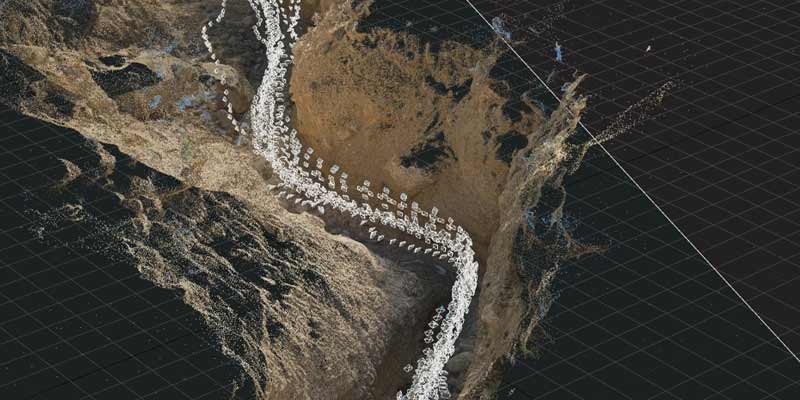
Camera positions within Reality Capture. This scene was made up of 1400+ photos
Model Cleanup
.
The first result from Reality Capture is often 100 million polygons or more, so I always decimate before bringing these scans into another software suite. Most models require a bit of cleanup to be presentable, there's often incomplete geometry along the edges, or other scan errors. Depending on the case, I'll fix up my models in ZBrush or with the modeling tools in Cinema 4D.
Final Render
.
For quick projects in Cinema 4D, I drop in my decimated mesh and high-res texture and build some standard Octane shaders to start testing my render settings. Sometimes I'll have an idea of what I want to do with a photogrammetry scene, but it's often more fun to just experiment and come up with new ideas as I go. I'm most satisfied when I can combine motion graphics techniques with my photogrammetry workflow.
The final 10 million polygon canyon model
Travel Photogrammetry
.
Reconstructing and deconstructing reality on my travels. The above is a model of the Na Pali Coast in Kauai that was built from photos taken during a helicopter tour.
Flying through an abstracted representation of Waimea Canyon - another reconstruction from a helicopter tour of Kauai, HI
An interesting sandstone formation near my hometown of Silt, CO
Light orbs rising from a reconstruction of Hanging Lake, CO
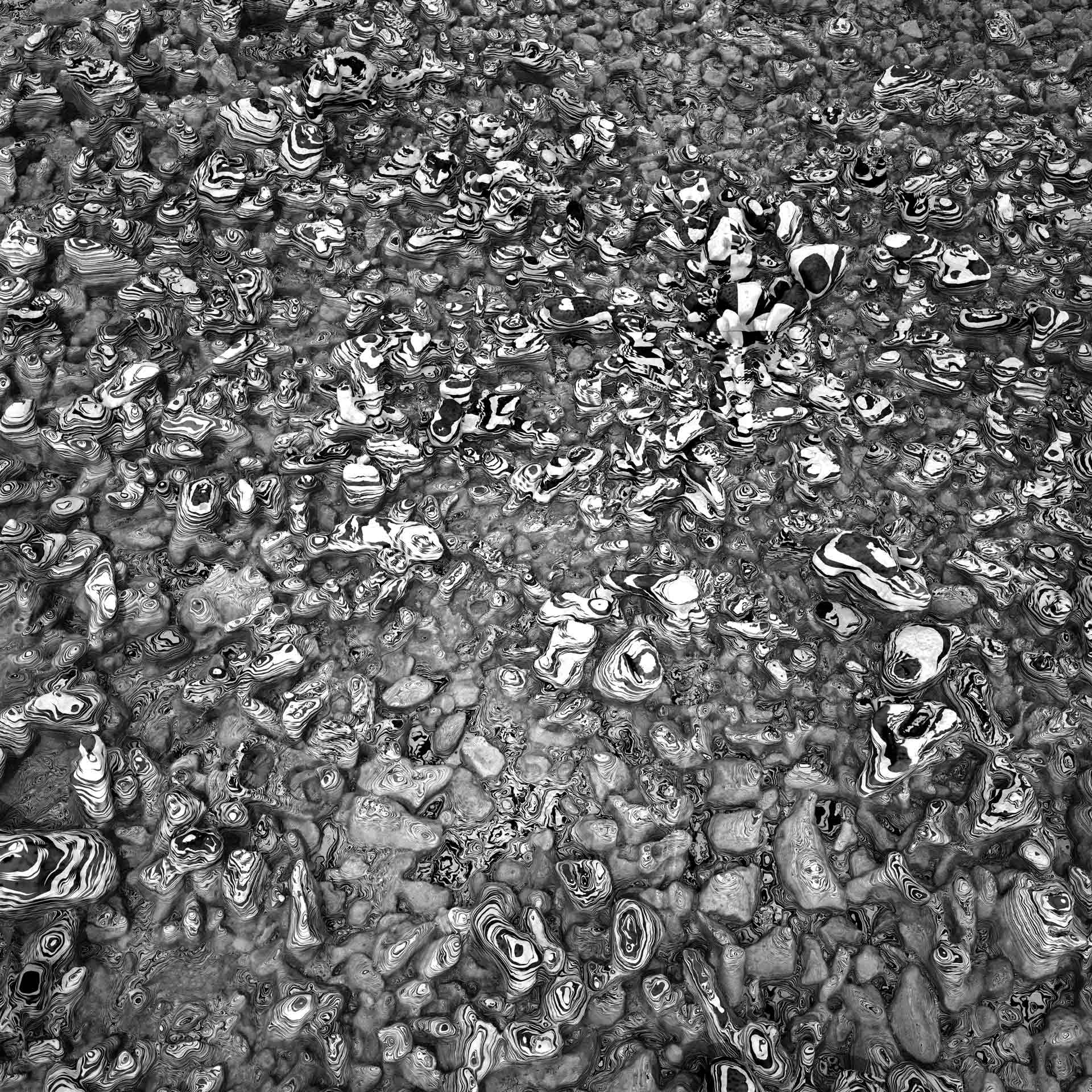
Photogrammetry Abstractions
.
Distorted visions of our collective simulation.
What lies beneath our layer of perception?
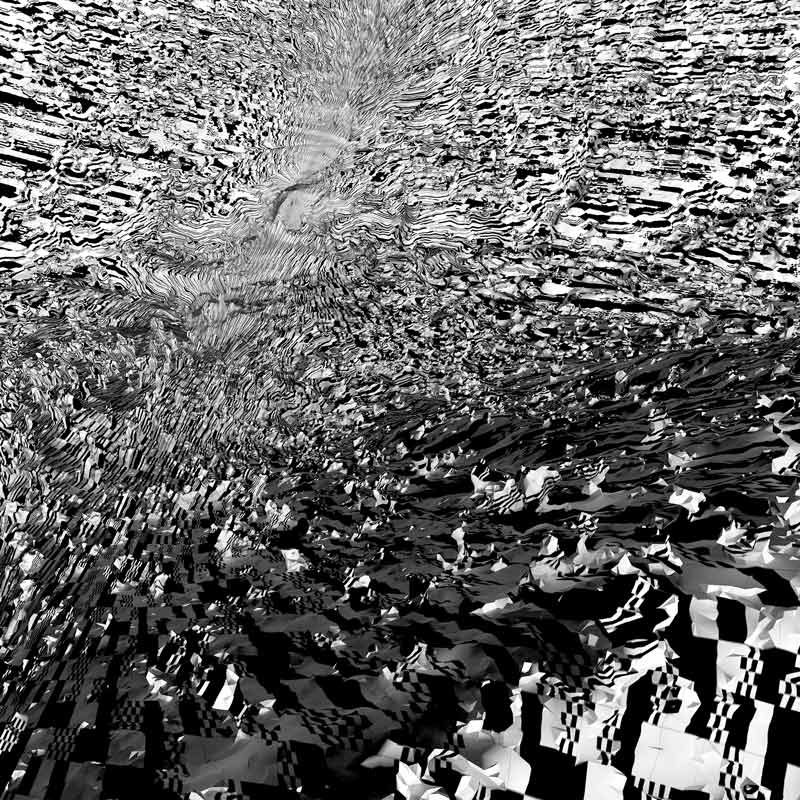
A sweeping landscape scanned with a drone and retextured in Cinema 4D
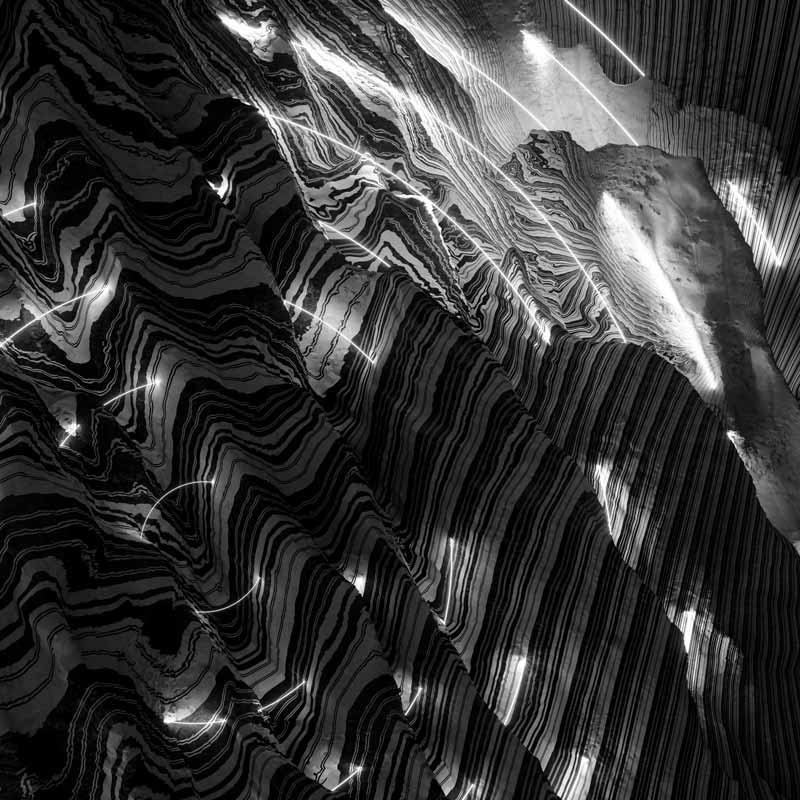
The Na Pali Coast with a fresh coat of pixels
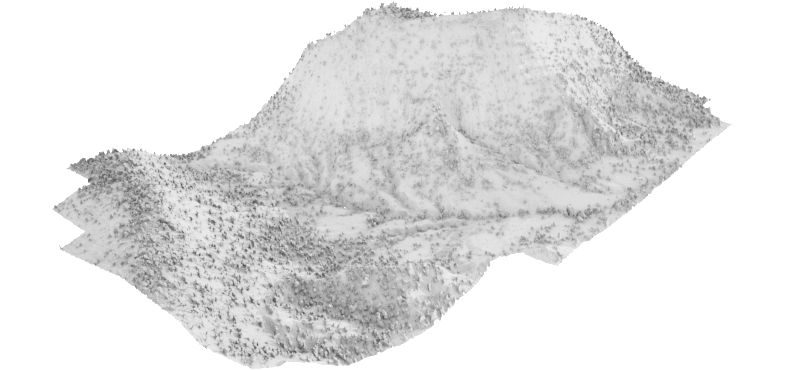
...